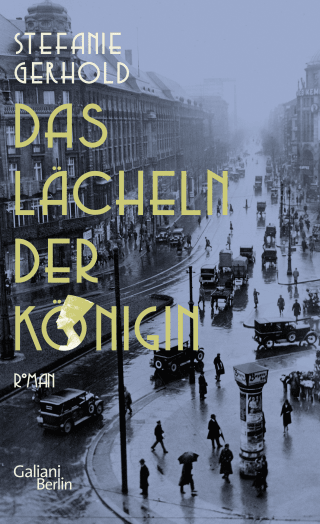Timelessly beautiful, its discovery is a sensation: the bust of Nefertiti. Its arrival in Berlin is a triumph for the sponsor of the excavations that unearthed it, James Simon. But demands for its return are not long in coming. Stefanie Gerhold writes about the excavation frenzy in Egypt, about the colonial power struggles underpinning it, and about Berlin’s Jewish bourgeoisie caught between nationalism and the desire to finally be fully accepted in German society.
After weeks of anxious waiting, the bust of Nefertiti finally arrives on the desk of James Simon in 1913. The Jewish patron can hardly believe that Berlin had been awarded the find after all. Simon, a wealthy Jewish textile manufacturer, enjoys an excellent reputation as the founder of social institutions and donator of countless art treasures to Berlin’s museums. But the bust of Nefertiti outshines all else.
Yet Germany’s defeat in World War I, the rise of nationalism, and the crises of the Weimar Republic put Simon under extreme pressure. When Nefertiti's bust is finally exhibited in the Neues Museum for the first time in 1924, a bitter dispute breaks out between Egypt, the French and Germany. Where does she really belong? And while Berlin celebrates its new queen and, with her, the glory of an important discovery, James Simon increasingly loses influence as nationalist and antisemitic propaganda are on the rise.

